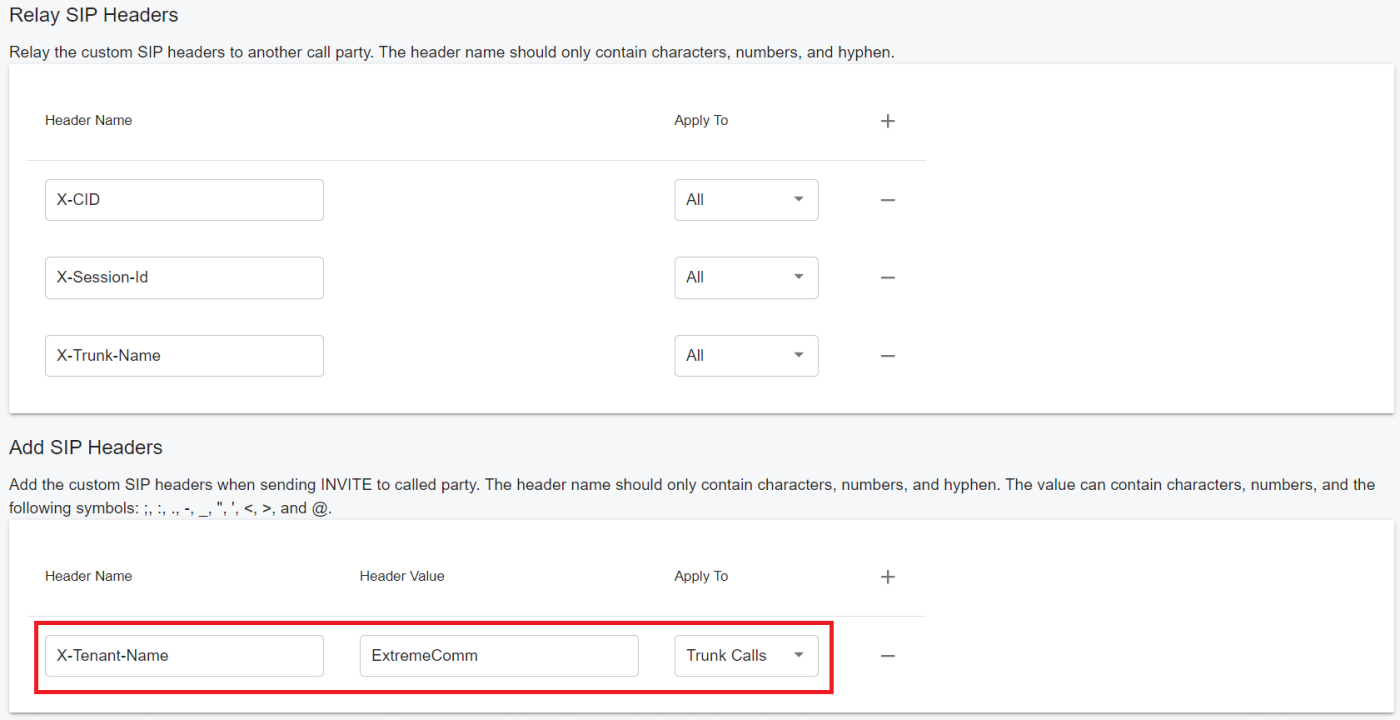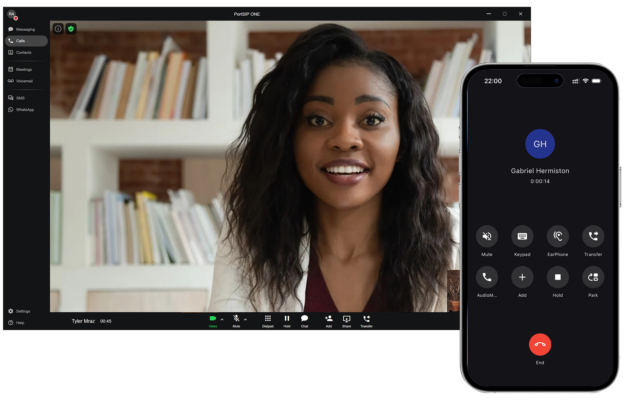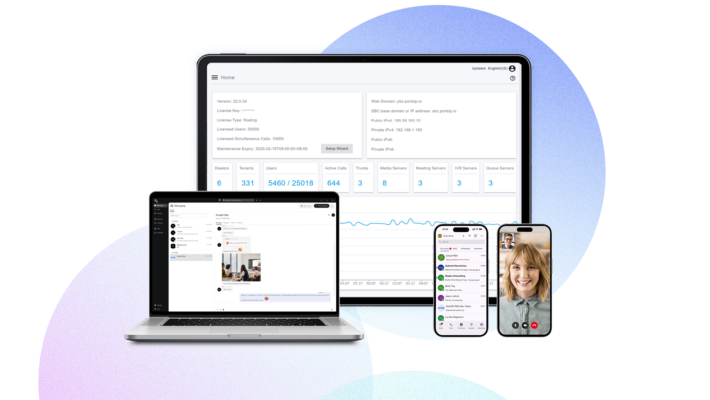In a multi-tenant PBX environment, numerous tenants often share the same trunk while using different DID (Direct Inward Dialing) numbers. When calls are sent from the PBX to the trunk, a critical question arises: How can we identify which tenant is making the call?
Enter the PortSIP PBX SIP Header Manipulation feature, designed to address this challenge seamlessly.
Understanding SIP Header Manipulation
SIP header manipulation empowers administrators to add, delete, or modify SIP message attributes within the PortSIP PBX. These attributes include SIP headers and SIP header elements. But why manipulate them? The primary reasons for doing so are:
- Compatibility Resolution: Sometimes, two SIP endpoints encounter compatibility issues. By adjusting SIP headers, we can bridge the gap and ensure smooth communication.
- Special Information Passing: SIP headers allow us to convey specific details during call setup.
How Does PortSIP PBX Handle Tenant Identification?
Let’s delve into the practical application. Imagine an extension within the PBX making a call to a PSTN number. The PBX routes this call to the trunk by sending an INVITE message. Our goal is to easily identify which tenant initiated the call.
Here’s how it works:
- Adding a Custom SIP Header: PortSIP PBX allows us to insert a custom SIP header, such as “X-Tenant-Name”. We’ll use the tenant’s name as the value for this header.
- Incorporating Tenant Information: When the PBX sends the INVITE message to the trunk, it includes the “X-Tenant-Name” header with the value set to the tenant’s name. This inclusion ensures that the trunk recognizes the originating tenant.
- Example Scenario: Suppose the tenant’s name is “ExtremeComm”. The PortSIP PBX will add the “X-Tenant-Name” header with the value “ExtremeComm” to the INVITE message when sending it to the trunk.

Visual Confirmation
In the screenshot above, you can see the settings where the PortSIP PBX adds the “X-Tenant-Name” header with the value “ExtremeComm”. This straightforward configuration ensures that tenant identification becomes effortless.
Beyond Tenant Identification
Remember, the PortSIP PBX SIP header manipulation feature isn’t limited to tenant identification alone. You can also relay, modify, or delete SIP headers based on your specific requirements.
In summary, PortSIP PBX empowers administrators to streamline tenant identification and enhance communication within a multi-tenant environment. Whether you’re fixing compatibility issues or passing special information, SIP header manipulation plays a crucial role.



